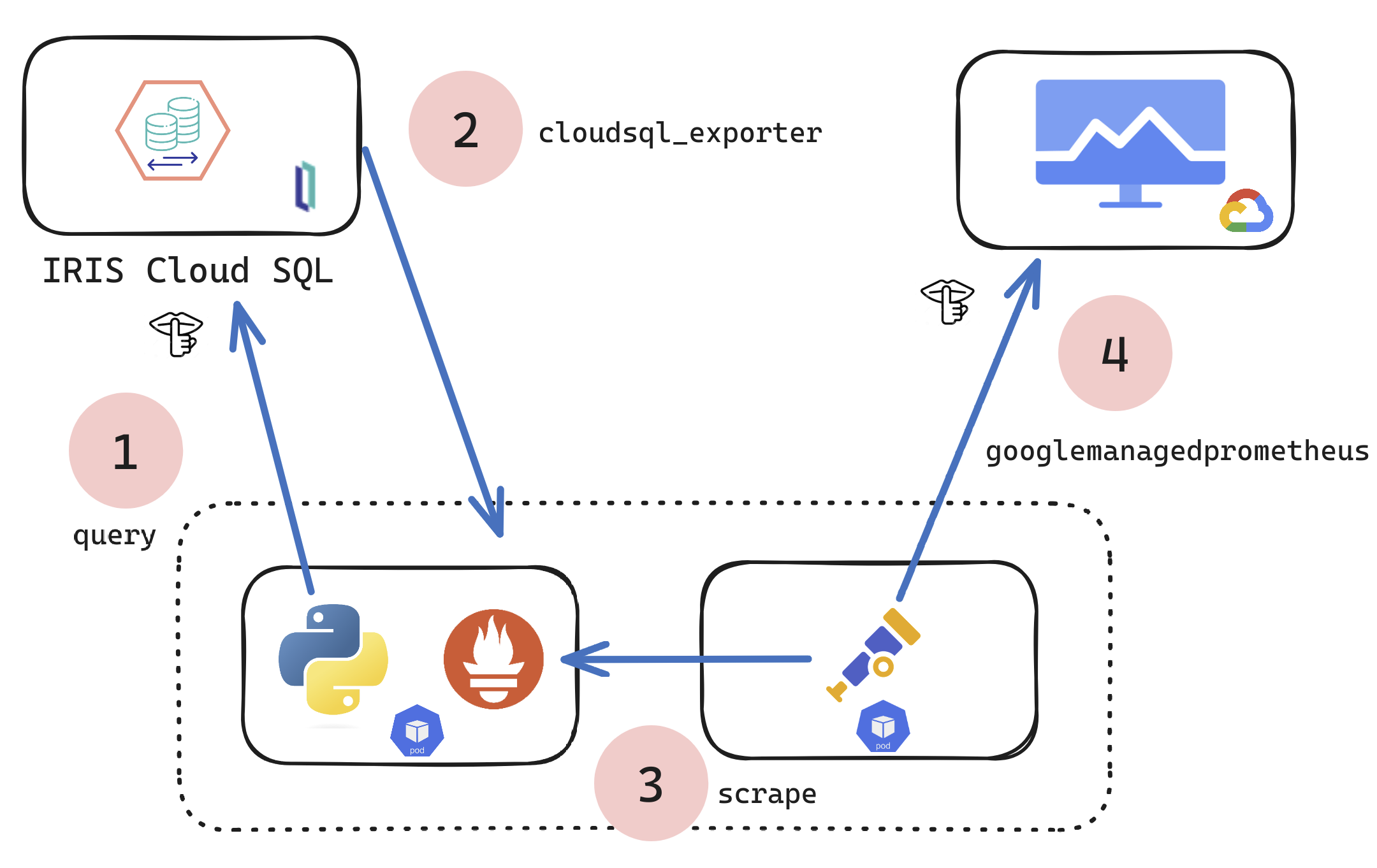
Just like a knockout punch, without giving the opponent a chance, Kubernetes, as an open source platform, has a universe of opportunities due to its availability (i.e., the ease of finding support, services and tools). It is a platform that can manage jobs and services in containers, which greatly simplifies the configuration and automation of these processes.
But let's justify the title image and give the tool in question the “correct” name: InterSystems Kubernetes Operator.

.png)

.png)
.png)
.png)
